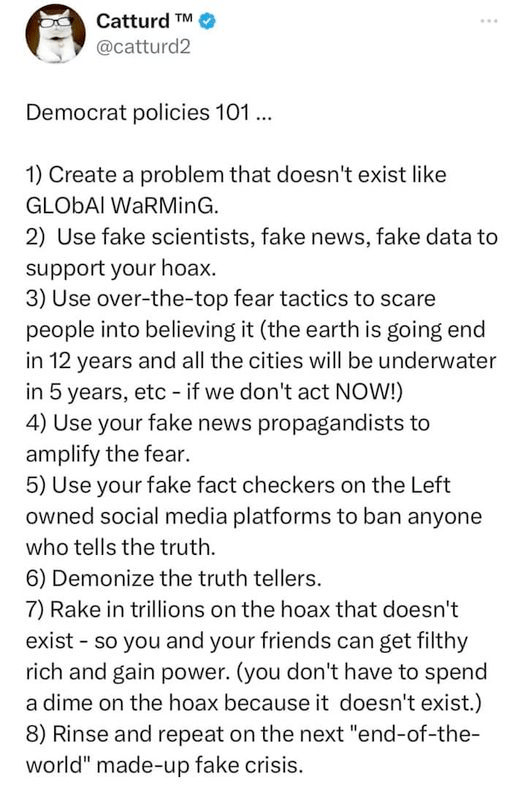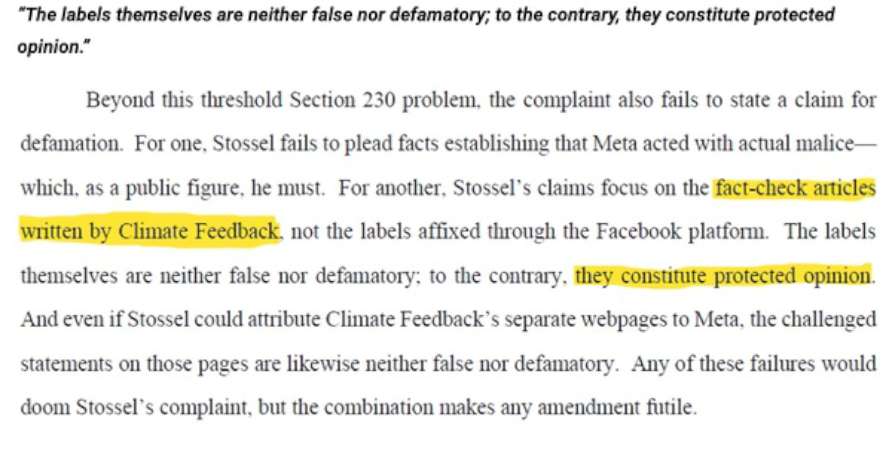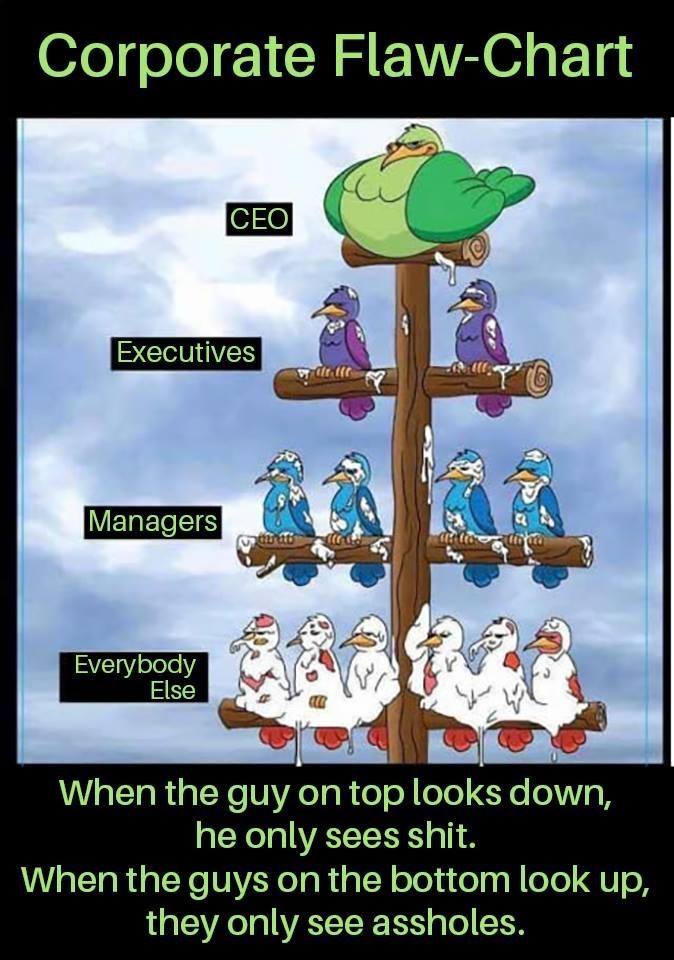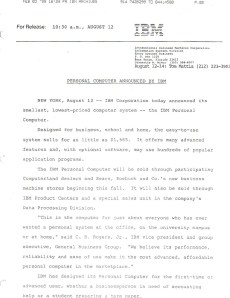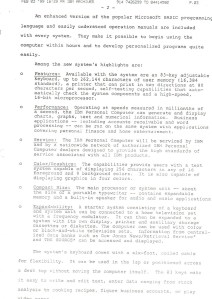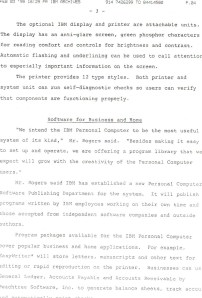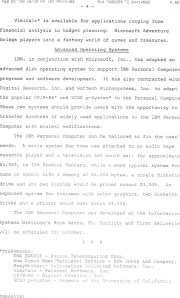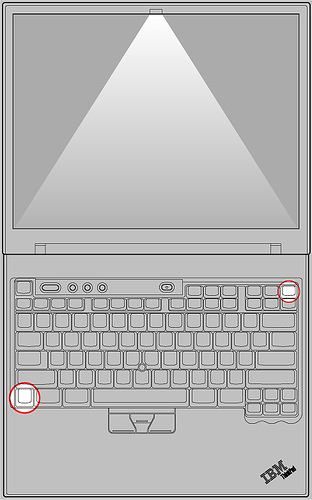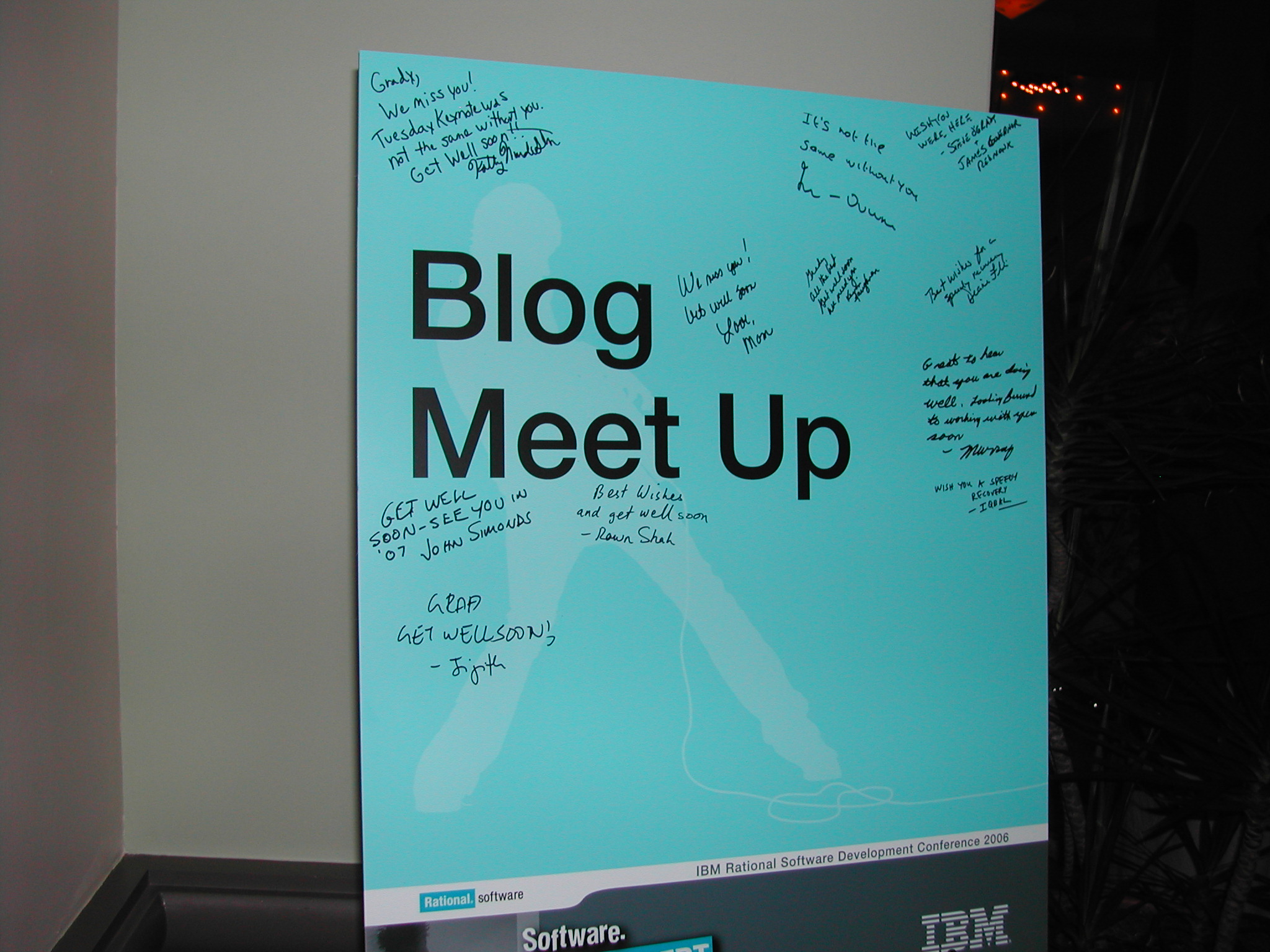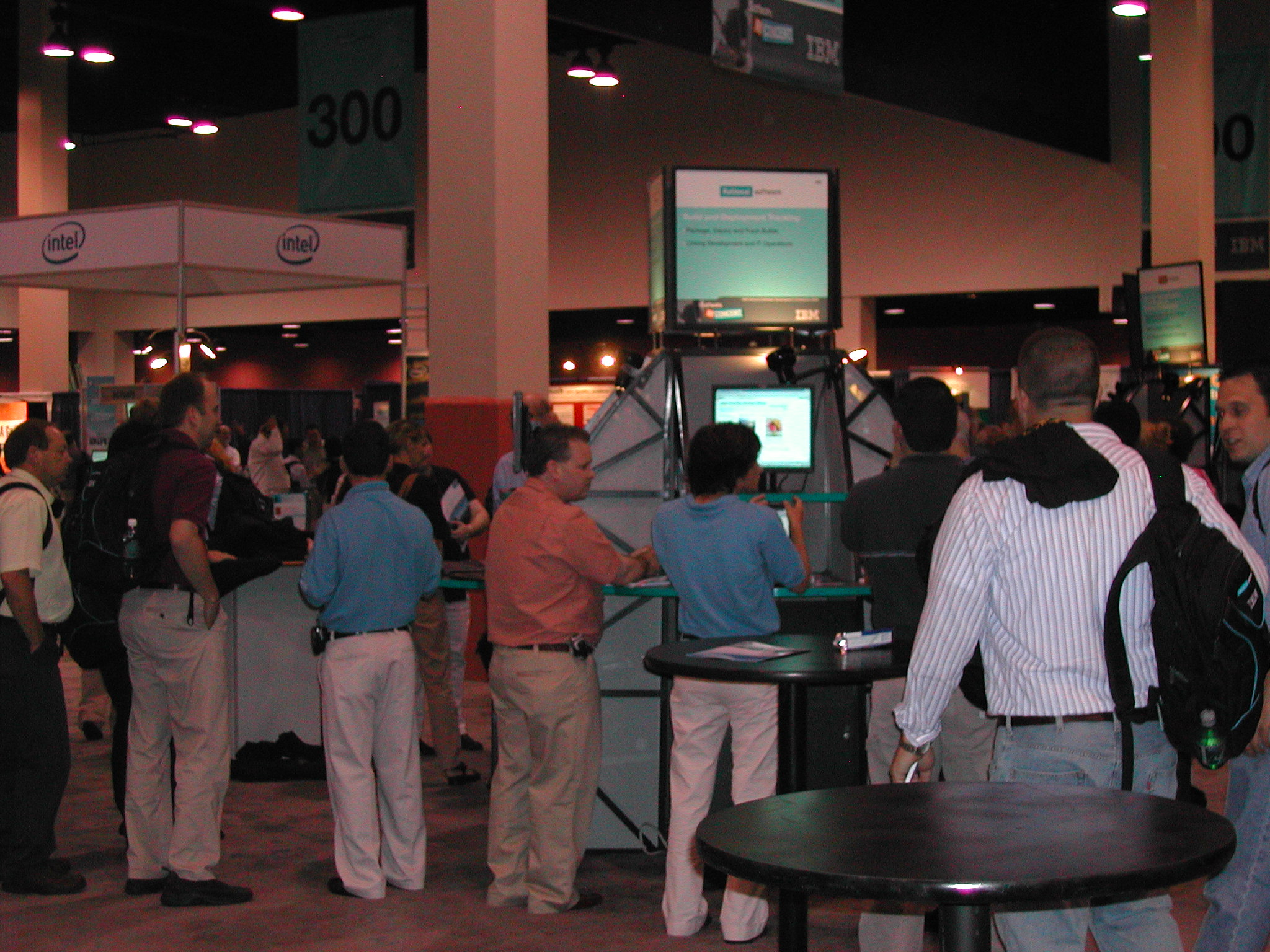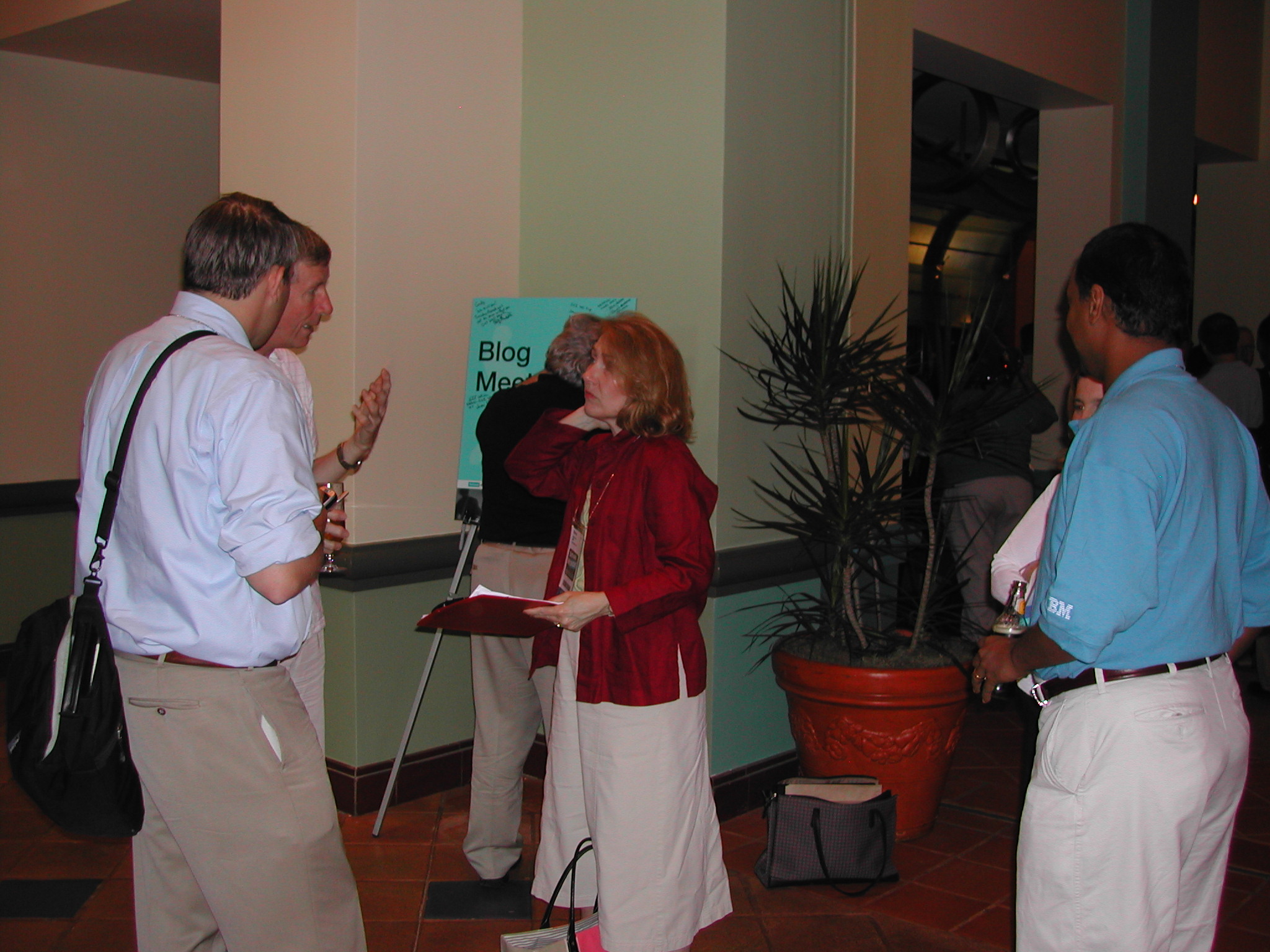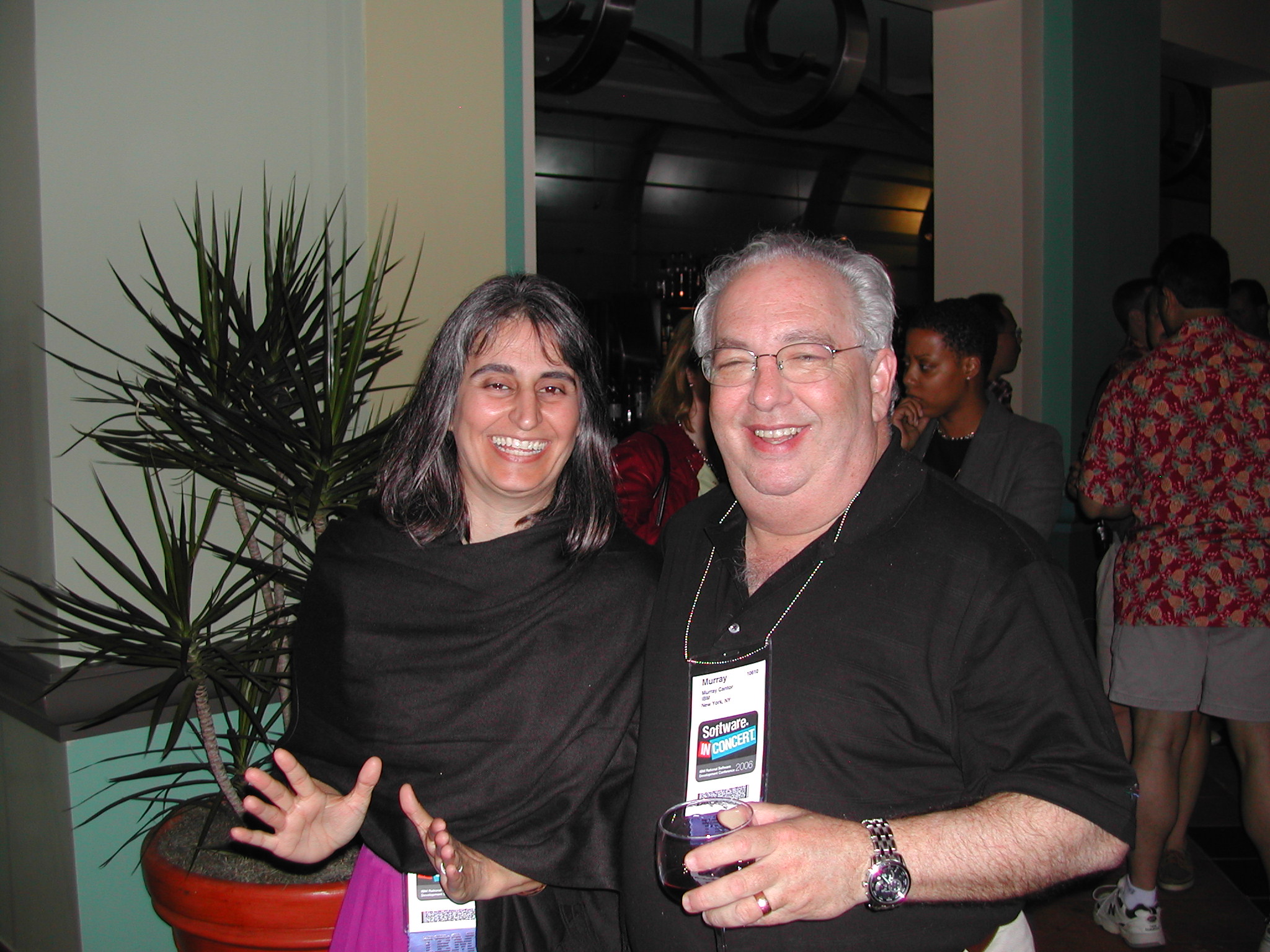
I have heard most of these 89 sophisticated clichés that typically form the trick vocabulary of such people, almost always by management, whom I’ve indicated:
Note: these are also meeting (BS) bingo words when you are bored. Please let me know if anyone is ever in a meeting that can cross off all of these words.
One of my favorite sayings is: A meeting is a cul-de-sac where ideas are strangled and usually eliminated.
1. It’s a paradigm shift = I don’t know what’s going on in our business. But we’re not making as much money as we used to.
2. We’re data-driven = We try not to make decisions by the seat of our pants. When possible, we try to base them in facts -SC.
3. We need to wrap our heads around this = Gosh, I never thought of that. We need to discuss that….SC
4. It’s a win-win = Hey, we both get something out of this (even though I’m really trying to get the best from you)
5. ROI [used in any sentence] = Look at me, I’m very financially minded, even if I never took any finance classes in school
6. Let’s blue sky this/let’s ballpark this = Let’s shoot around a bunch of ideas since we have no clue what to do
7. I’m a bit of a visionary = I’m a bit of an egomaniac and narcissist EB
8. I’m a team player/we only hire team players = I hope everyone on the team thinks this is a meritocracy, even though I’m the dictator in charge EB
9. Let’s circle back to that/Let’s put that in the parking lot/let’s touch base on that later/let’s take this off-line = Shut up and let’s go back to what I was talking about
10. We think outside the box here/color outside the lines = We wouldn’t know about how to do something innovative if it came up to us and bit us in the behind
11. I/we/you don’t have the bandwidth = Since we cut 60% of our headcount, we’re all doing the job of 3 people, so we’re all burned out
12. This is where the rubber meets the road = Don’t screw up
13. Net net/the net of it is/when you net it out = I never studied finance or accounting but I sound like someone who can make money if I keep talking about another word for profit
14. We’ll go back and sharpen our pencils = We’ll go back and offer you the same for 20% less in hopes you’ll buy it before the end of the quarter – RA
15. It’s like the book “Crossing the Chasm”/”Blue Ocean”/”Good To Great” / “Tipping Point” / “Outliers” = I’ve never read any of these books but I sound literate if I quote from them. And, besides, you cretins probably never read them either to call me out on it
16. Let’s right-size it = Let’s whack/fire a bunch of people – RA
17. It’s next-gen/turn-key/plug-and-play = I want it to sound so technical that you’ll just buy it without asking me any questions
18. We need to manage the optics of this = How can we lie about this in a way people will believe?
19. This is creative destruction = I’ve never read Joseph Schumpeter but our core business is getting killed so it’s your responsibility to come up with a new product the market will buy
20. We don’t have enough boots on the ground = I don’t want to be fired for this disastrous product/country launch, so I’m going to sound tough referring to the military and say I don’t have enough resources
21. Deal with it = Tough cookies – SC
22. By way of housekeeping = This makes the boring stuff I’m about to say sound more official
23. That’s the $64,000 question [sometimes, due to inflation, people will denominate this cliché in millions or billions of dollars] = I don’t know either
24. Let’s square the circle = I’m someone who can unify two team members’ views and sound important
25. It’s our cash cow/protect/milk the cash cow = If that business goes south, we’re all out of a job
26. It’s about synergies/1 + 1 = 3 = I don’t get the math either, but it sounds like more and more is better, right?
27. Who’s going to step up to the plate? = One of you is going to do this and it’s not going to be me
28. We’re eating our own dog food = It sounds gross but we seem like honest folks if we do this.
29. We need to monetize/strategize/analyze/incentivize = When in doubt, stick “-ize” on the end of a word and say we’ve got to do this and 9 out of 10 times, it will sound action-oriented.
30. We did a Five Forces/SWOT analysis/Value Chain analysis = We didn’t really do any of that, but none of you probably even remember Michael Porter, so what the heck
31. It was a perfect storm = We really screwed up but we’re going to blame a bunch of factors that are out of our hands (especially weather)
32. At the end of the day…. = OK, enough talking back and forth, we’re going to do what I want to do – LS
33. Who’s got the ‘R’? [i.e., responsibility to do what we just spent 20 minutes talking about aimlessly] = If I ask the question, it won’t be assigned to me
34. Let’s put lipstick on this pig = plug your nose
35. I’m putting a stake in the ground here… = I’m a leader, simply because I’m using this cliché
36. We’re customer-focused/proactive/results-oriented = That can’t be bad, right? This is motherhood and apple pie stuff
37. Our visibility into the quarter is a little fuzzy = Sales just fell off a cliff
38. That’s not our core competency/we’re sticking to our knitting = We’re just glad we’re making money in one business, because we’d have no clue how to get into any other business
39. Well, we’re facing some headwinds there = You put your finger on the area we’re panicking over
40. It’s a one-off = Do whatever they want to close the sale
41. Incent it = That’s not a verb but I just made it into one because I’m a man/woman of action
42. I’m an agent of change = This makes it sound like I know how to handle the chaos that our business is constantly going through
43. We’ve got to do a little more due diligence there = Don’t have a clue but does that legal term make me sound detail-oriented?
44. Don’t leave money on the table = Be as greedy with them as possible
45. We take a “ready, fire, aim” approach here = We totally operate on a seat-of-the-pants basis
46. Hope is not a strategy = I don’t have a strategy, but this makes it sound like I’m above people who also don’t have a strategy – BO
47. We have to tear down the silos internally = Our organizational structure is such a mess that I’m going to be under-mined by other departments at every turn
48. I don’t think it will move the needle = This won’t get my boss excited
49. Good to put a face to the name = I’d really rather talk to that person behind you
50. Let’s take the 30,000 foot view… = I like to think I see the big picture
51. It’s the old 80-20 rule = I really have no idea what the rule was, but I just want to focus on the things that will make us successful
52. We need to manage expectations = Get ready to start sucking up to people – AL
53. It’s not actionable enough/what’s the deliverable? = You guys do the work on refining the idea. I’m too tired.
54. My 2 cents is… = This opinion is worth a heck of a lot more than 2 cents
55. I’m going to sound like a broken record here… = I want to clearly point out to you idiots that I’ve made this point several times before
56. We’ve got too many chiefs and not enough Indians = I want to be the Chief
57. Going forward = Don’t screw up like this again – AL
58. My people know I’ve got an open door policy = I’ve told my direct reports to come to me if they have a problem, so why should I feel bad if they complain I’m too busy to talk to them?
59. It’s gone viral = Someone sent a tweet about this
60. I know you’ve been burning the candle on both ends = Get ready to do some more
61. It’s scalable = We can sell a lot of it in theory
62. It’s best-of-breed = We hired a market research firm to say that – too many – SC
63. We’re all about value-add = Unlike our competitors who seek to add no value
64. What’s our go-to-market? = Has anyone planned this out, because I’ve been too busy? SC
65. I’m drinking from a fire hose right now = I want a little sympathy over here, because I’m tired of carrying this company on my back
66. We’re getting some push back = They’re not buying it JB
67. We need to do a level-set = I’ve never been inside a Home Depot, but this phrase makes me sound handy
68. It’s basic blocking and tackling = How could you screw this up? I also played high school football and those were the best days of my life.
69. Let’s put our game faces on = Get serious, guys
70. We’ve got it covered from soup to nuts = I have no idea what that means, but don’t you dare question my prep work on it
71. We don’t want to get thrown under the bus = So let’s throw someone else first – RGorman
72. But to close the loop on this… = Always the more theoretical Business Development/Strategy guys who say this, so they can sound thorough
73. What are “next steps”? = Did anyone take notes during the last 90 minutes of this meeting?
74. This is low-hanging fruit = Get this done quickly
75. We need a few quick wins = We’ve got to trick people into thinking we know what we’re doing by some successes we can point to and claim as ours DHP
76. It’s a [Insert Company Name] killer = Did I get your attention yet with the Freddy Kreuger imagery associated with the company who’s currently eating our lunch? SC
77. I want to address the elephant in the room = I know you think I’m trying to cover up/gloss over something, so I might as well talk about it
78. This is the next big thing/new thing = Some of our 20-somethings have told me this is really cool
79. This time it’s different because… = Don’t wait for the explanation… simply run for the hills.
80. What are the best practices on this? = How can I cover my behind that we’re just doing stuff the way other good people have supposedly done this?
81. This is our deliverable = I know this sounds like something that comes in a body bag, but it makes our PowerPoint sound tougher than it actually is
82. We’ll loop you in when we need to = You’re not that important to know about all the details on this
83. We want this to move up and to the right = I failed high school algebra but someone said this means we’ll be making a lot of money if this happens
84. We’re going through a re-org = No one knows what the heck is going on at the moment, we’re going to lay off a bunch of people.
85. We’ve got to increase our mind-share with the customer = I think I would have been happier as a doctor doing lobotomies than in marketing as a career path
86. I don’t think you’re comparing apples to apples = Let me tell you how you should really think about this issue = DHP
87. Let’s peel back the onion on this = I want to sound thorough so this is a better way of telling you that than simply clearing my throat
88. You phoned it in = I was too busy checking my email during your presentation that I didn’t listen _ JC
89. I want you to run with this = I just threw you into the deep end of the pool and you’re on your own to figure it out -JC






















